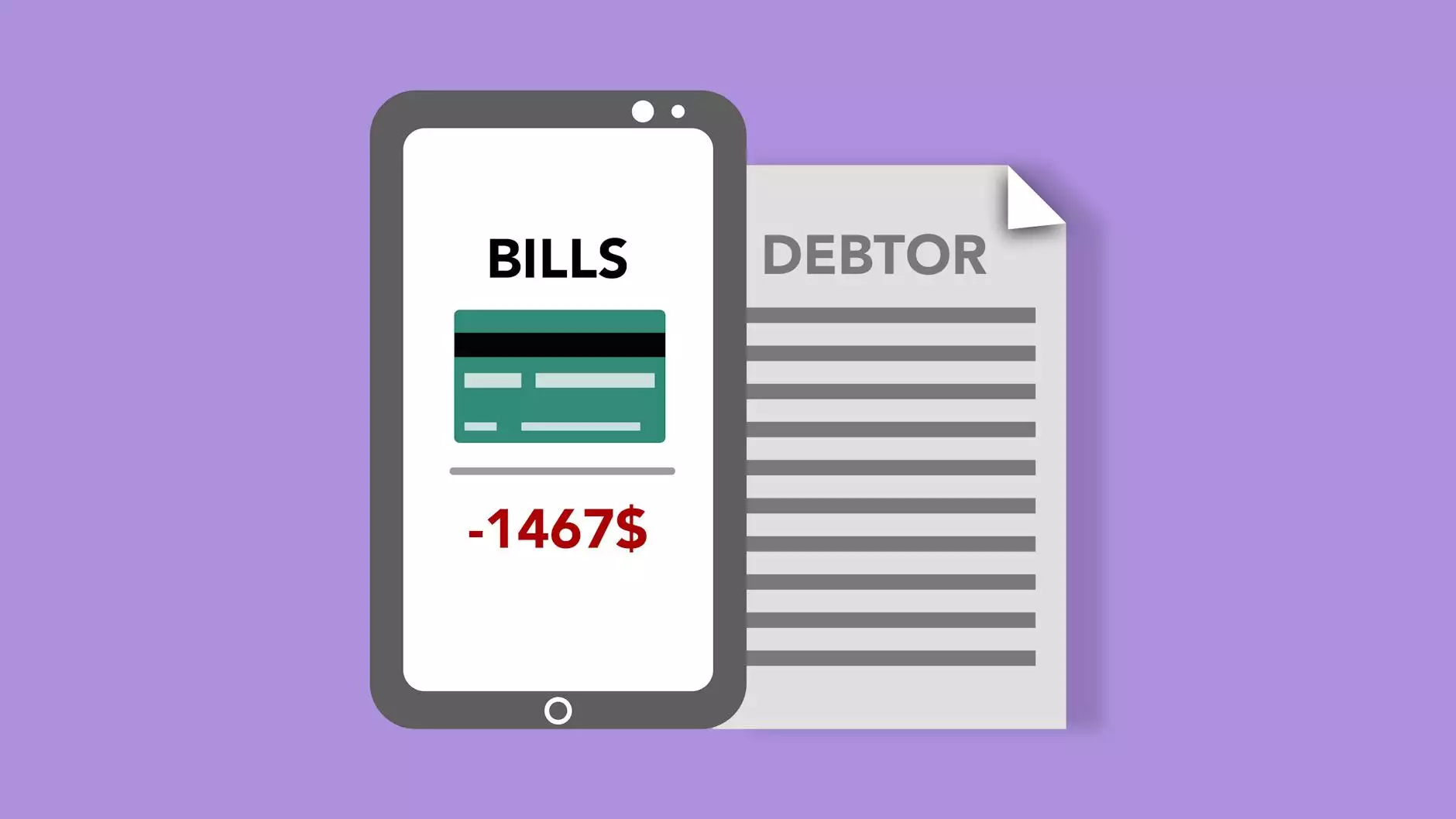How to Delete Low Quality Content While Reaping SEO Benefits

Introduction
Welcome to One and Only Web Design! We are a professional website development company specializing in the business and consumer services industry. In this article, we will discuss the importance of deleting low quality content and how it can significantly improve your website's SEO rankings. By following these best practices, you can boost your website's performance and increase organic traffic.
Why Deleting Low Quality Content Matters
When it comes to SEO, the quality of your content plays a vital role in determining your website's ranking on search engines like Google. Search engines are constantly evolving to deliver the most relevant and high-quality content to their users. By deleting low quality content, you are not only improving the user experience but also sending positive signals to search engines that your website provides valuable information.
The Impact of Low Quality Content
Low quality content can have a detrimental impact on your SEO efforts. It can lead to higher bounce rates, decreased user engagement, and a negative user experience. When users leave your website quickly after landing on a low quality page, search engines interpret this behavior as a sign that your content is not relevant or useful, ultimately impacting your rankings.
Identifying Low Quality Content
Before deleting any content, it is crucial to identify which pages or posts on your website are considered low quality. Analyzing key metrics such as page views, time on page, bounce rates, and engagement can give you insights into the performance of your content. Additionally, user feedback, comments, and reviews can help you pinpoint areas that need improvement or elimination.
Best Practices for Deleting Low Quality Content
Deleting low quality content should be done strategically to ensure the best SEO impact. Follow these best practices to effectively remove underperforming pages while maintaining the relevance and authority of your website:
- Perform a Content Audit: Start by conducting a thorough content audit to review all the pages on your website. Assess the quality, relevance, and performance of each page, taking note of those that do not meet your standards.
- Consolidate Similar Content: If you have multiple pages with similar content or targeting similar keywords, consider consolidating them into one high-quality page. This helps avoid keyword cannibalization and improves the overall user experience.
- Create Redirects: Instead of outright deleting pages, create 301 redirects to redirect users and search engines to relevant content. This ensures that your website maintains link equity and users are seamlessly redirected to the most appropriate pages.
- Revise and Revamp: For pages with potential, consider revising and revamping the content to enhance its quality and relevance. Update outdated information, optimize keyword usage, and improve the overall user experience.
- Improve Internal Linking: As you delete or consolidate content, update your internal linking structure to ensure a seamless user experience and maintain the flow of link equity throughout your website.
- Monitor Performance: Keep a close eye on the performance of your remaining pages and make necessary adjustments as needed. Continuously analyze metrics and user feedback to optimize your website's content further.
Measuring the SEO Benefits
After deleting low quality content and implementing the best practices mentioned above, it is essential to measure the SEO benefits and evaluate the impact on your website. Here are some key indicators to monitor:
- Improved Rankings: Monitor your website's rankings on search engine result pages (SERPs) and track any improvements. Higher rankings indicate that search engines recognize the value and relevance of your website's content.
- Increased Organic Traffic: As search engines better understand the quality of your content, you can expect a boost in organic traffic. Keep an eye on the traffic to your website and observe any significant changes after the content cleanup.
- Enhanced User Engagement: Quality content tends to attract and engage users on your website. Measure user engagement metrics such as time on page, pages per session, and click-through rates to assess the effectiveness of your content after removing low quality pages.
- Lower Bounce Rates: By providing valuable and relevant content, you can expect to see a decrease in bounce rates. Users will spend more time exploring your website, indicating to search engines that your content satisfies user intent.
Conclusion
Deleting low quality content is a crucial step towards improving your website's SEO performance. By taking the necessary measures to identify and remove underperforming pages, you can enhance your website's relevance, user experience, and search engine rankings. At One and Only Web Design, we provide professional website development services that prioritize quality content and effective SEO strategies. Contact us today to elevate your online presence!










